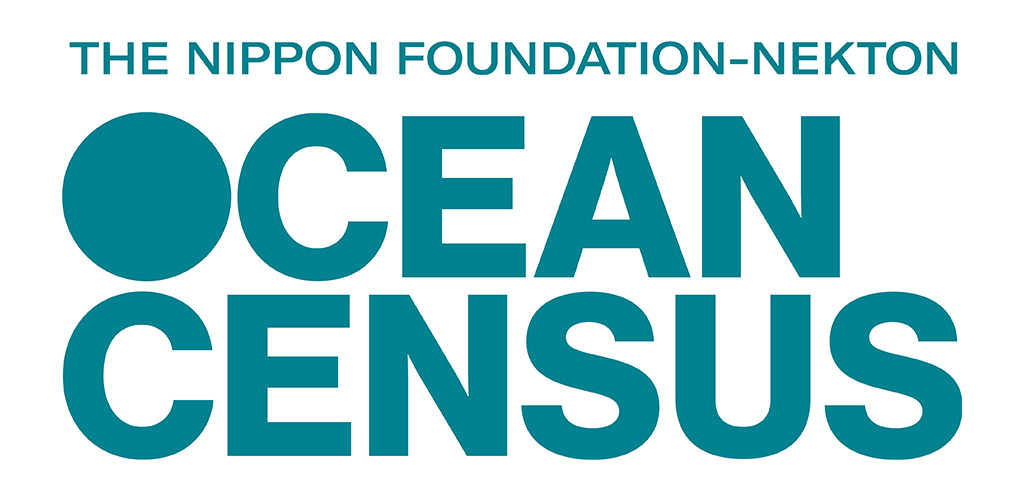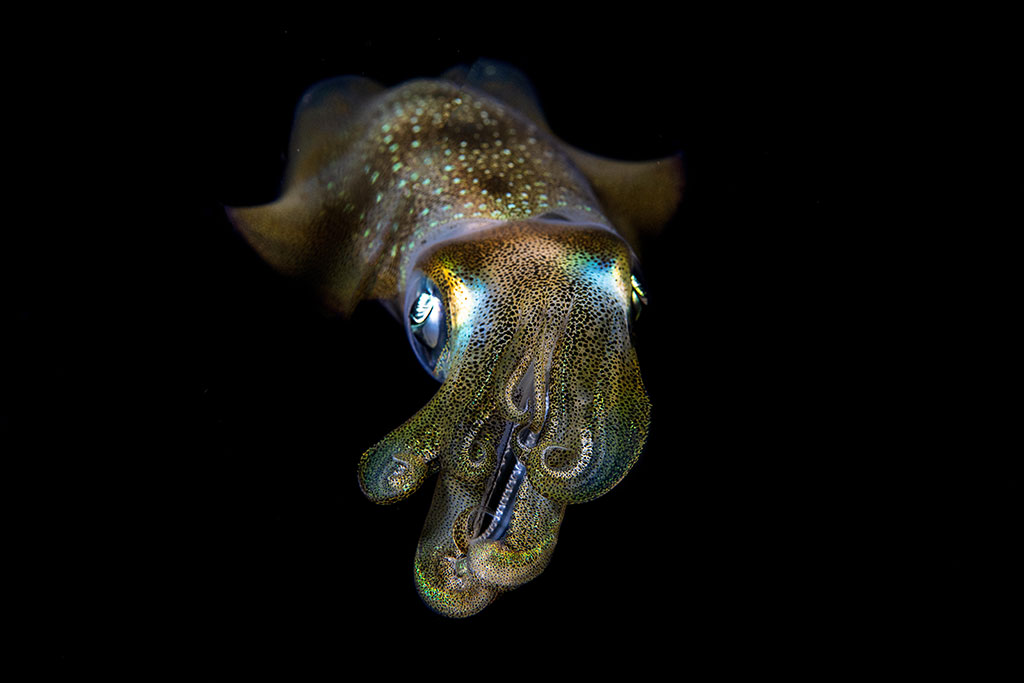The Nippon Foundation – Nekton Ocean CensusDiscovering 100,000 new species in 10 years

The Nippon Foundation – Nekton Ocean Census is a global initiative to discover unknown marine life, jointly launched by The Nippon Foundation and Nekton Foundation as an open network based on cooperation among the scientific world, the media, academia, business, and the private sector.
To discover unknown marine life, the project will explore hot spots with abundant biodiversity in all regions of the ocean, and the live samples collected will be analyzed at biodiversity centers to be set up around the world. The project plans to make the information derived from that analysis available to anyone, including the general public in addition to scientists and policymakers, in an open access format.
Project’s 3 pillars
1.Exploration across ocean regions
Depending on the depth, the project will use combinations of divers, manned submersibles, remotely operated vessels (ROVs), and autonomous underwater vehicles (AUVs) to explore hot spots of the ocean around the world with abundant biodiversity, from the ocean’s surface to its depths. In addition to Ocean Census’s own exploration, joint exploration will be carried out with various sectors using a range of methods, including joint research through the dispatching of researchers from projects already being planned by research institutes, government agencies, and private sector companies. The project will also provide portable analytic kits to other organizations engaged in research, to facilitate the efficient collection of information by having them send samples they collect to an Ocean Census center. The project aims to discover 4,650 new species during the first year, and at least 100,000 new species during the first 10 years.
2.Analysis at biodiversity center
In addition to Ocean Census Biodiversity Centre at Oxford University Museum of Natural History, where the project is being headquartered, the project plans to set up biodiversity centers around the world so that samples collected can be converted to high-resolution images and for DNA sequencing. In addition to using cutting-edge technologies like DNA sequencing and machine learning, a cloud-based network of taxonomists will be created to speed up and scale up the process from new species discovery to registration. This process is currently said to take at least one to two years, and the project aims to reduce this to several months.
3.Public awareness through dissemination of information about marine life
The information analyzed by the biodiversity centers will be digitalized using a standard format and centrally managed in an open-source Ocean Census Biodiversity System, so that it can be freely accessed by anyone, including scientists, policymakers, and the general public. In addition, images recorded while carrying out the exploration will be used to create original content to be disseminated to the media and through social media, to make the general public as well as specialists aware of the ocean’s possibilities in terms of discovering new life and the importance of understanding biodiversity and ocean environments.

Related News
Related Link
Contact
Ocean Affairs Department
The Nippon Foundation
- Email: kaiyo_info@ps.nippon-foundation.or.jp



